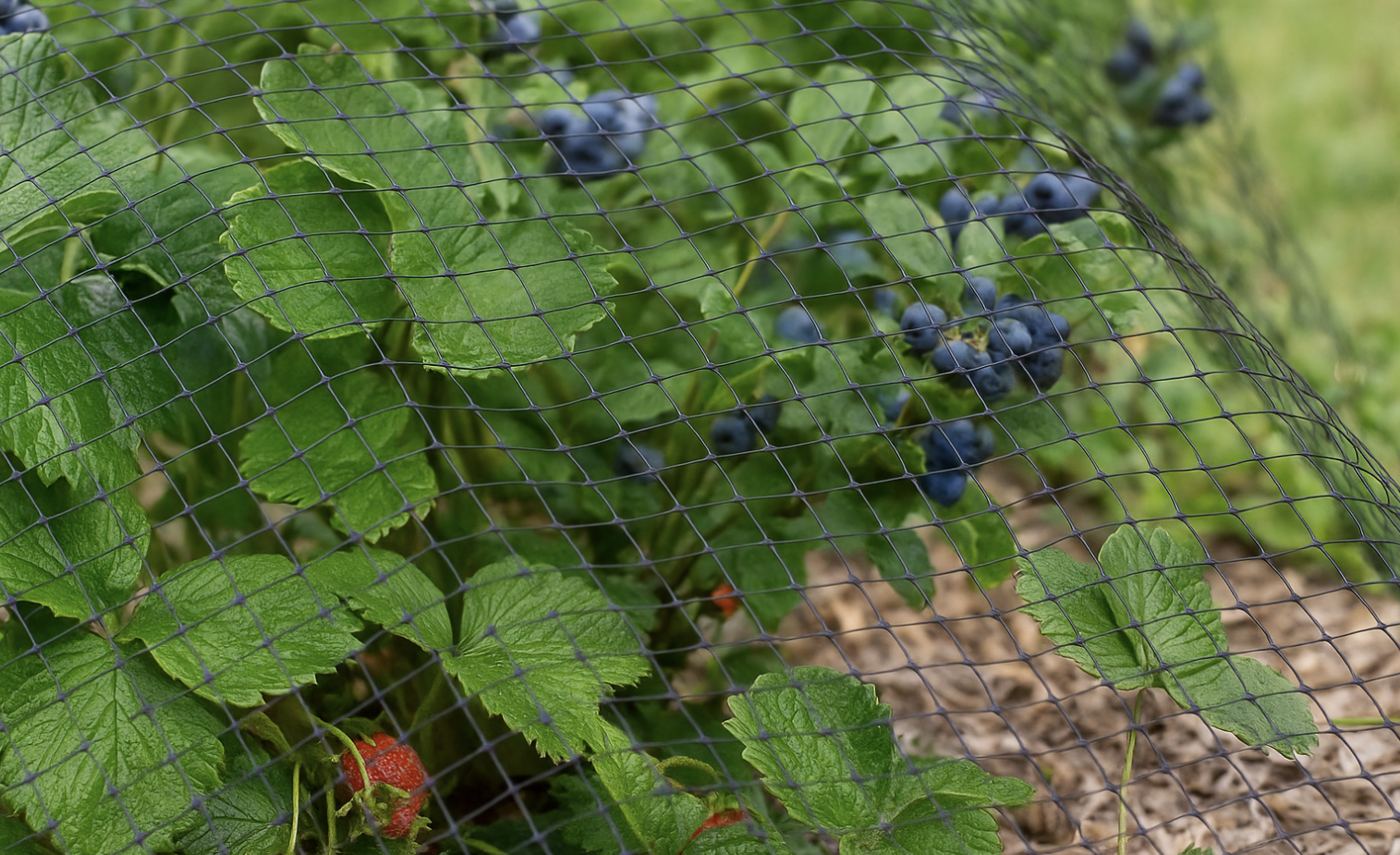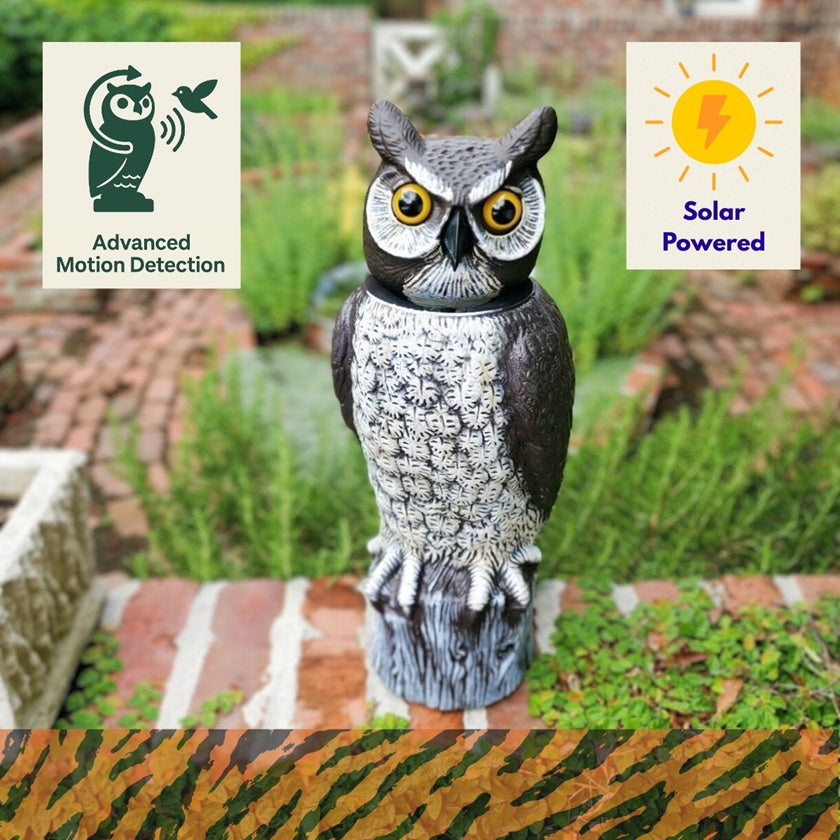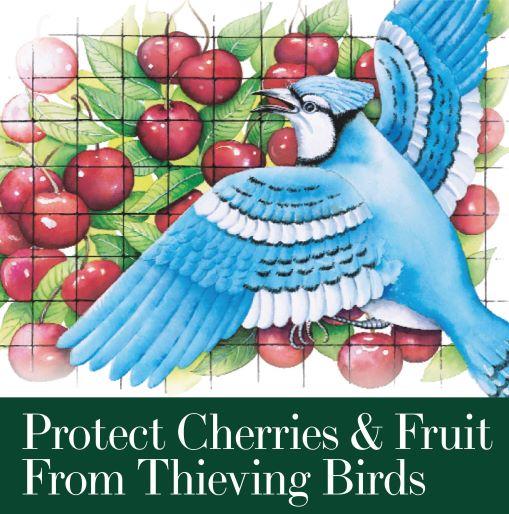Cicadas 2021 - Brood X and the 17 Year Cicada
Cicadas are regularly maligned, often conflated with Biblical locust plagues, widespread destruction, and simply cases of creepy-crawlies. They’re found on every continent except Antarctica, and while some find their song a delightful harbinger of summer days, others find them a nuisance, especially during the years of large emergences.
While we can expect to see some cicadas every summer, some years bring large emergences — every 13 and 17 years, generally. During the years of emergences, millions of cicada nymphs that have been living beneath the soil emerge from the ground, climb trees, shed their exoskeletons, and serenade each other from the trees. As a fully-fledged adult the cicadas barely eat – so don’t worry about your produce getting gnawed by the emergence — but spend their brief time aboveground searching for a mate, breeding, and laying eggs.
This large chirping insect that we’re familiar with is actually the final of five forms (technically known as instars) that make up the full lifecycle of a cicada. The first is a small, rice-shaped, nearly translucent egg. The second is a first instar nymph. It’s small and delicate, appearing almost made of jelly, and looks nothing like its adult form. The next stages are second, third, and fourth instar nymphs, and with each stage of development the adolescent looks closer to its final stage, known as the imago.
While in their nymph form, cicadas feed by sucking the sap from tree roots. Though this sounds alarming, there is evidence that, far from harming the trees, this behavior is quasi-symbiotic and can benefit them instead.
In 2020 we were spared a large multi-state emergence, but brood X will be emerging in 2021. The emergence will span 13 states. While researchers are still exploring how it is that the cicadas can time their emergence and appear all at once, there is the preliminary hypothesis that the cicadas have an internal molecular clock, adjusted each year by signals such as changes in the sap they eat. After their internal clock has ‘counted off’ the determined number of years, their emergence occurs when ground temperatures warm to a certain level, usually around 65 degrees.
The only real danger from cicadas is “flagging”, which occurs when the females deposit eggs in small grooves they make in branches. If enough females choose the same branch, the branch can turn brown and even die. For adult, healthy trees, the cicadas actually can act like “pruners”, because they choose the weakest branches of the trees to lay their eggs. Dan Mozgai, of the highly informative website devoted to cicadas, Cicadamania.com, says: “The weakest limbs of a tree are often temporarily damaged or killed off, the result of which is called flagging, as the leaves of the branch will turn brown and look like a hanging flag. In many cases, they are doing the trees a favor by pruning their weakest branches.” But for saplings, recently planted trees, very delicate trees, or unhealthy ones, a cicada emergence can kill them off. Some experts suggest holding off from planting new trees until after an emergence has passed. Those with young and tender trees should protect them for peace of mind — products like the Pop Net and Harvest Guard can help provide this kind of protection.
What about the cicada’s song? Cicadas are one of the loudest insects known to man, so no wonder some people can find them annoying! The organs males possess that make the distinctive call are called ‘tymbals’. The tymbal is a membrane that the insect can flex back and forth using strong muscles, creating a clicking sound. Each cicada species has a distinct mating call.
Another reason homeowners tend to dislike cicadas is their molting. Cicadas, like all insects, are arthropods — their “skeleton” is on the outside of their body. To grow, they have to shed their outer casing (this is also the case for crabs, for example). But cicadas are very public about this – because of their timed, large emergences, you might notice hundreds of casings on the trees around your home. Right after molting, the cicada is soft and almost colorless. (Think of a soft shell crab: that’s the equivalent state.) This state is called ‘teneral’. The cicada can actually look quite beautiful at this moment — white and green, instead of the dark wings and body with red eyes we’re used to seeing.
While you might be creeped out by either the cicada cases or the large insects themselves, it’s important to remember that cicadas do not spread disease or bite or sting humans. They are entirely harmless (except to some trees, of course), although they are poor flyers and might accidently bump into you.
Pesticides are not a good method of controlling cicadas, and are far more likely to damage your garden overall by killing off beneficial insects. During an emergence, there are so many cicadas that pesticides are unlikely to be efficacious in any case. Netting or protective wrap for delicate trees really is your best option for cicada protection.
So come this spring, don’t panic when you start seeing and hearing cicadas around the garden — remember, this particular cicada problem will only come again in 17 years! By that time, with a little help now, those tiny trees in your yard should be more than able to withstand the next cicada emergence.
Sources:
https://www.sciencedirect.com/topics/agricultural-and-biological-sciences/tymbal
https://www.cicadamania.com/cicadas/category/behavior/molting/
https://wtop.com/local/2020/05/dont-bug-out-2021-will-see-emergence-of-trillions-of-cicadas/
https://www.cicadamania.com/cicadas/will-the-cicadas-kill-my-trees-shrubs-or-flowers/
https://www.nationalgeographic.com/animals/2020/06/millions-cicadas-emerging-now-united-states/
https://entomologytoday.org/2016/03/22/how-do-cicadas-know-when-to-emerge-from-the-ground/
https://www.sciencemag.org/news/2013/06/secret-cicadas-chirp
https://www.sciencenews.org/article/mystery-synchrony
https://www.amentsoc.org/insects/glossary/terms/tymbal




















